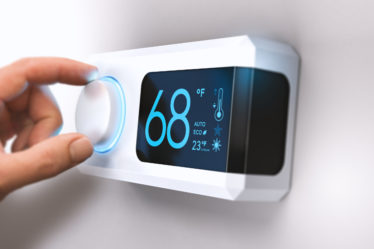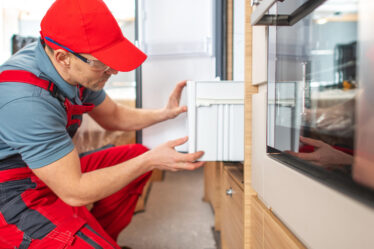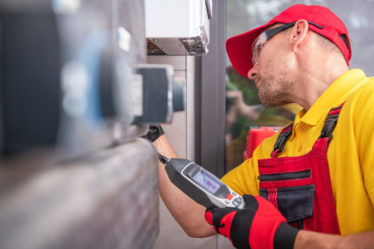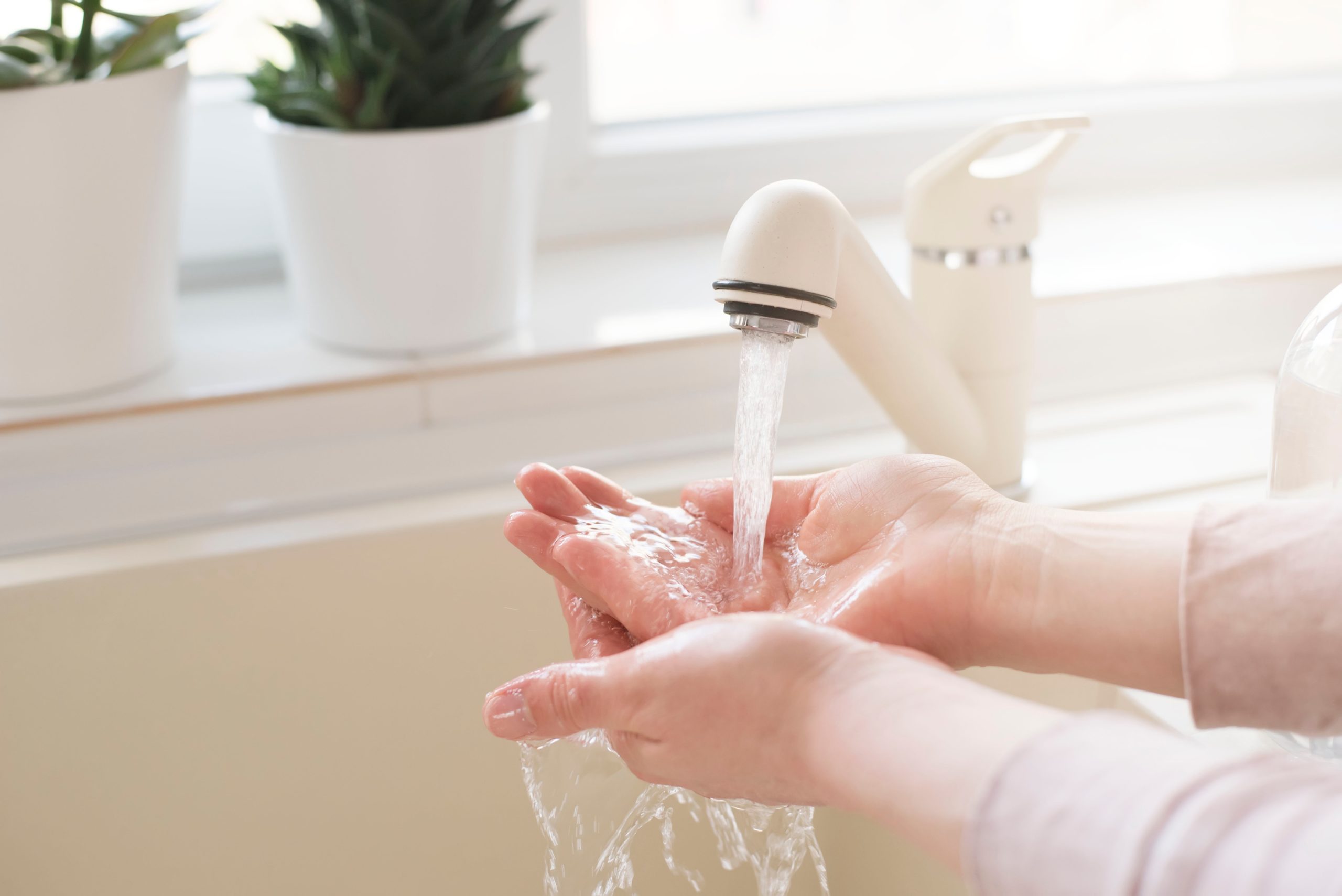
With winter on the way, it is important that you get your home ready for the cold weather. The winter could bring freezing temperatures and icy conditions depending on where you live. As a result, there are a few things that you probably need to do to protect your home. Many people winterize pipes, seal up windows, drain fountains, and do other things to prepare for the winter months. In addition to anything else that you might have to do, it is important that you prepare your heat pump for the coming cold weather.
Winter weather is inevitably coming, and when temperatures dip, you’ll want your heat pump to provide reliably warm air to your home. You don’t want to wait until there is snow on the ground to get your heat pump for the cold. Let’s take a look at how you can prepare your pump for the winter.
Clear the area around your equipment.

Branches, shrubs, leaves, debris, and other items can restrict airflow and create issues for your heat pump. As part of your preparations, you’ll want to ensure that all items are at least two feet away from your equipment. A clear area around your heat pump will promote airflow. If foliage and other items are too close to your equipment, you run the risk of overheating your unit or creating other issues that could cause your system to stop working and create the need for costly repairs.
Change your air filters.

Just as adequate airflow is important around your outside unit, it is also important that you have a good amount of circulation inside as well. Dirty air filters and blocked vents can prevent air from flowing freely to and from your system. Obstructed airflow will cause your equipment to work harder to deliver comfortable temperatures. As a result, this could increase your energy bills and create eventual mechanical issues with your heat pump. Your air filters should be checked and cleaned regularly. However, you’ll want to make sure to have a clean filter in place before you use the heat for the first time. This will provide clean air and lower energy bills during the winter.
Check your thermostat settings.
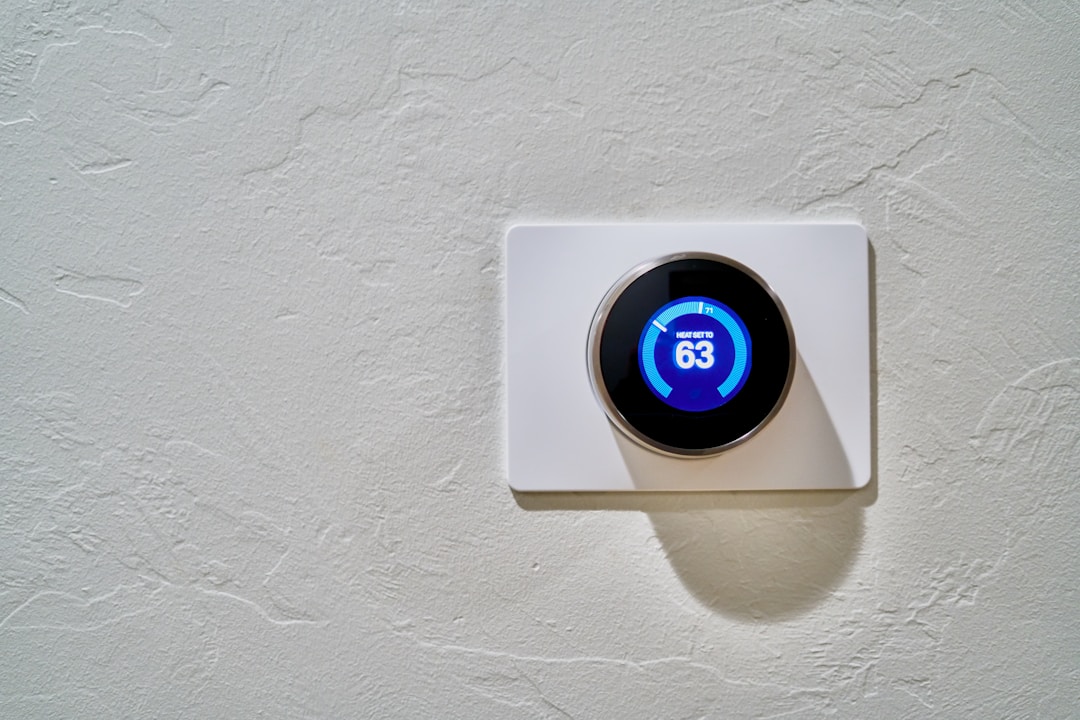
Your heat pump probably has three settings for heat, cool, and emergency heat. When it is time to use your heat for the first time this winter, you must ensure that your settings are correct. You’ll want to operate your heat pump on heat, not emergency heat. Emergency heat uses your furnace as a heat source. For practical reasons, you only want to do this if your heat pump is broken or iced over. Additionally, it is much more expensive to run your system on emergency heat than on regular heat mode.
Schedule annual maintenance.

Most experts and heat pump manufacturers agree that you need to have your equipment serviced annually. Typically, you’ll want to have your cooling equipment serviced in the spring, and your heating system inspected in the fall. This will ensure that your equipment is operable before you need it. During normal operations, wear and tear can create small issues that could slow your system down, make it less efficient, and ultimately lead to larger problems. Annual maintenance can help prevent most breakdowns by identifying and correcting minor issues. Fall heat pump maintenance will give you peace of mind that your system is ready for the winter months.
When preparing your home for the cold winter months, your heat pump is one of the most important areas to pay attention to. You’ll want to clean around your outside unit, check that your thermostat is set correctly, and ensure your system is getting proper airflow. Once you have completed your homeowner tasks, you will want a qualified HVAC technician to thoroughly inspect and service your equipment. Taking the right steps to care for your heat pump will make sure that you have warm air all winter long.

